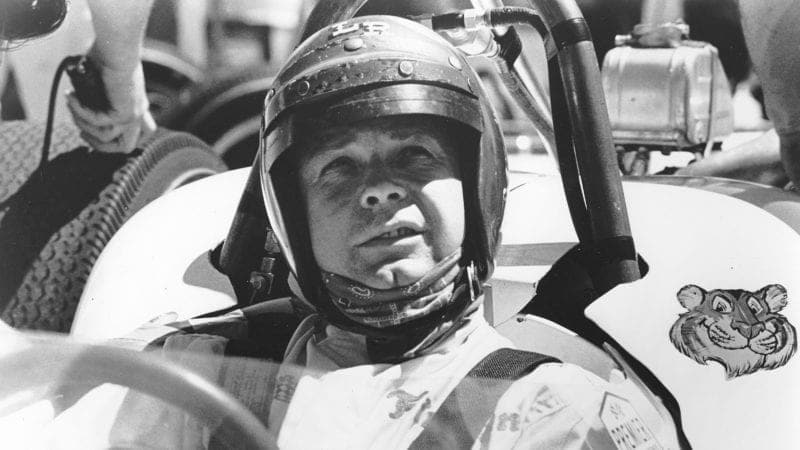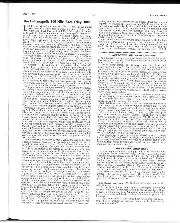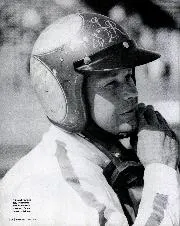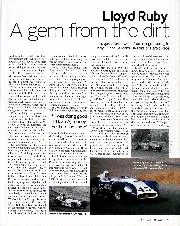Two laps later he was again black-flagged because of escaping oil. A broken cam-drive gear was the cause this time.
And finally he would lead for three laps at the halfway mark of 1971 and be classified 11th after suffering gearbox failure with – again – 26 laps to go. His best result would remain the third place from 1964 – when Indy was a very different place.
Born in Wichita Falls on 12 January 1928, Ruby followed the usual dirt-and-pave route to USAC via midgets and sprint cars. But he was adaptable, too, and proved a very handy road racer in Maserati sports cars – from 150S ‘peashooter’ to 450S ‘Bazooka’ – and latterly in a Lotus 19.
He made his debut at Indy in 1960 and would have been Rookie of the Year – for seventh place in JC Agajanian’s Watson-Offy – had not Jim Hurtubise, who started behind Ruby and was classified 18th after engine failure, grabbed the headlines with an amazing 149mph qualifying effort.
Front-engined roadsters – big, beautiful, brutal – were still cocks of the walk and Ruby’s talent for taming them was employed by a string of leading car owners: John Zink, Ebb Rose and Bill Forbes.
He would, however, be among the homegrown talent to get to grips early with racing’s future.
The opening round of the 1963 USAC Championship Car series was held at Trenton, New Jersey, and Ruby put J Frank Harrison’s Lotus 18 on pole despite its Climax ‘four’ giving away 1500cc to the roadsters. This was a month before Clark’s Lotus finished second at Indy.
There followed an unseemly and disjointed rush to catch up with the Brits – and Halibrand’s Shrike was maybe the least worst of the original batch of American ‘Lotus’; Ruby ended the 1964 season by winning at Phoenix in one.
Ford, meanwhile, was a-fixing to kick Ferrari’s ass at Le Mans and confident that it could do a better job of it than had/were Eric Broadley and John Wyer in England. It relocated the GT40 programme to Carroll Shelby’s in LA and Ken Miles set to work on its development.
This English expat was hawkish and tended to pace and peck throughout long-distance races, refusing sleep in order to keep his beady on everything. The choice of Ruby as his co-driver was, therefore, ideal, the Texan pulling down his trademark cowboy hat to catch a few zeds between stints.




